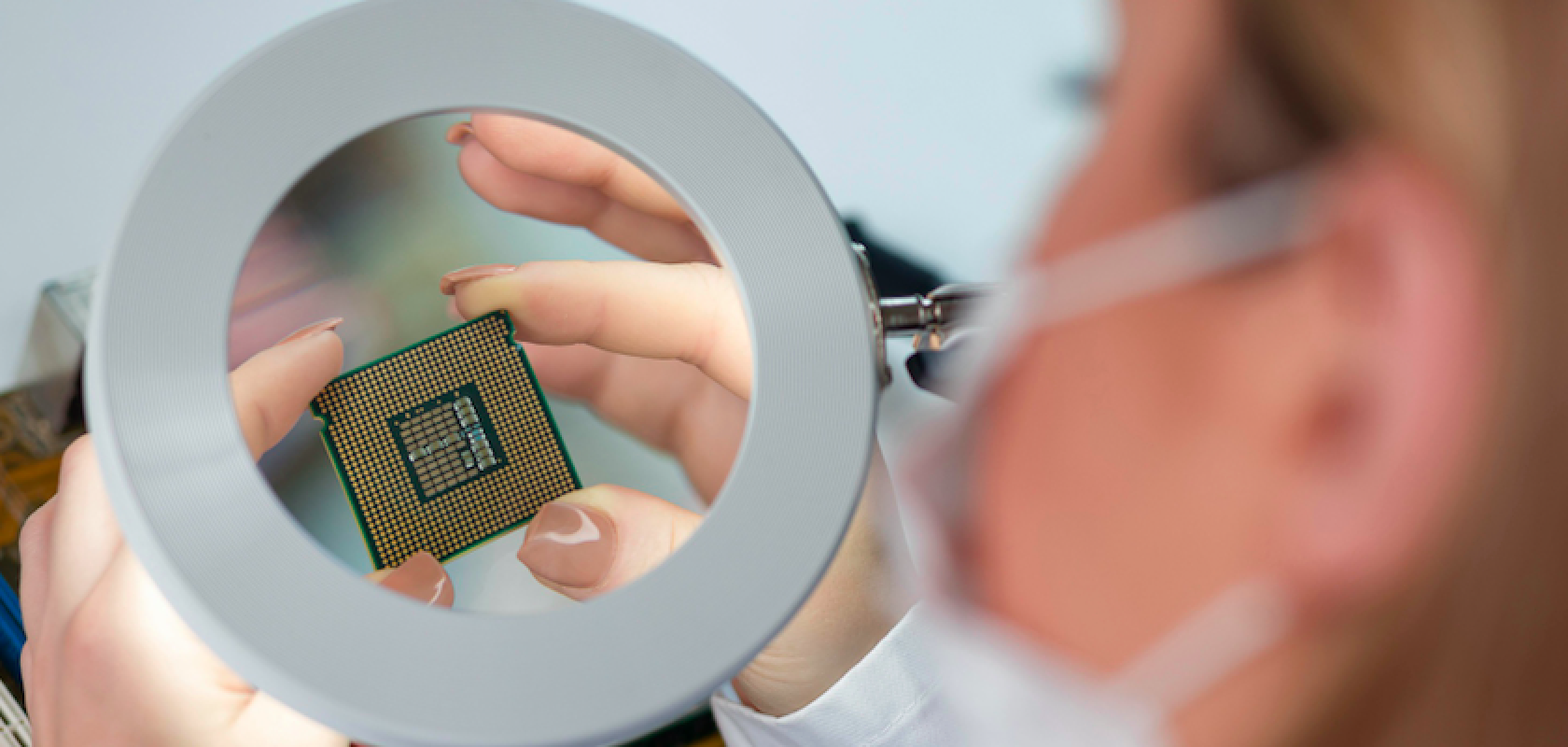Researchers from Australia and the U.S have been exploring innovative methods to enhance chip-scale communication by leveraging terahertz (THz) frequencies, allowing chiplets to communicate wirelessly using tiny antennas.
The approach, outlined in the IEEE Journal on Selected Areas in Communications, has seen the researchers unpacking the potential of wireless communication at chip-scale and grappling with the challenges associated with Floquet engineering – a quantum physics technique that helps control electron behaviour in a material when exposed to high-frequency signals.
What challenges needed to be addressed?
The use of Floquet engineering allowed the researchers to move beyond Network-on-Chip, which becomes inefficient as systems get more complex. Even when this approach is scaled to multiple chipsets, creating what's known as Network-in-Package, the same issues still exist.
However, by using Floquet engineering, the researchers were able to make the system more responsive to certain frequencies, improving the detection and decoding of THz wireless signals, even in noisy conditions.
To demonstrate this, they applied the method to a two-dimensional semiconductor quantum well, which is a very thin layer of semiconductor material that restricts electron movement to two dimensions. The researchers also created a dual-signalling architecture to further improve noise handling. This system sees two receivers work together to monitor signals, allowing for adjustments to reference voltage, based on the noise levels detected. Real-time adjustments to this key parameter significantly improve signal decoding accuracy.
Dr Kosala Herath, co-author of the paper, said: “Think of it like a balanced audio connection in a sound system, where two signals are sent through cables to reduce noise and interference. In audio, this method works because any unwanted noise that affects both signals gets cancelled out, leaving you with a clean, clear sound. Our dual-signalling architecture in wireless communication works on a similar principle.”
Herath continued: “In a typical chip-scale communication system, signals can easily be affected by noise – like static on the radio – especially when you're working at such small scales. The traditional single-signal setup struggles to cope with this. What we’ve done is introduce a second, reference signal that travels alongside the data signal. This reference doesn’t carry any information itself but serves as a baseline to detect and subtract the noise.”
Simulations showed that the dual system resulted in a much clearer, more reliable transmission, even in environments where noise and interference are normally a big problem. Ultimately, it ensured that the actual data sent was received accurately, even in challenging conditions, much like how balanced audio cables keep your music crisp and clear.
Herath explained: “When both signals reach the receiver, the system compares them, filtering out any interference that’s affecting both signals. The result is a much clearer, more reliable transmission, even in environments where noise and interference are normally a big problem. This dual-signalling approach ensures that the actual data you want to send is received accurately, even in challenging conditions, much like how balanced audio cables keep your music crisp and clear.”
What are the real-world applications of this research?
The researchers hope that the results will have significant implications for the future development of photonic and wireless communication technologies.
One key application is in chip-scale communication, where it enables ultra-fast wireless data transfer within and between chips. This eliminates the need for wired connections, making processors more efficient, reducing latency, and enhancing energy efficiency. Such improvements are critical for tasks that require high-speed computing, such as AI and data analytics.
Elsewhere, in the realm of the Internet of Nano-Things, the technology could support seamless communication between nanoscale devices, advancing sectors such as healthcare where tiny wireless sensors could be used to monitor patients in real-time from inside the body.
Further afield, quantum computing could leverage the architecture to support fast, secure communication between quantum processors under cryogenic conditions, enabling more precise classical communication between qubits.
Hearth also detailed that while the current research focused on THz communication, demonstrating how this architecture can enable efficient, high-speed wireless data transfer at the chip scale, there is an opportunity to transform the architecture to operate in the light wave spectrum.
Such adaptability from THz to light waves also indicates its potential to handle ultra-high frequencies with minimal interference, enabling more reliable and high-capacity wireless communication networks. For example, the receiver technology introduced in this research could be further developed to create advanced optical wireless receivers. Such advancements could play a pivotal role in shaping the evolution of 6G and beyond, where ultra-fast data transfer and low latency are crucial.
“In photonics, this capability means that light-based wireless communication can be combined with current photonic technologies, resulting in faster, flexible, and more compact photonic circuits. This integration could accelerate the development of optical computing, where data is processed at light speed, and improve on-chip communication by combining wireless and photonic elements,” Heath noted.


